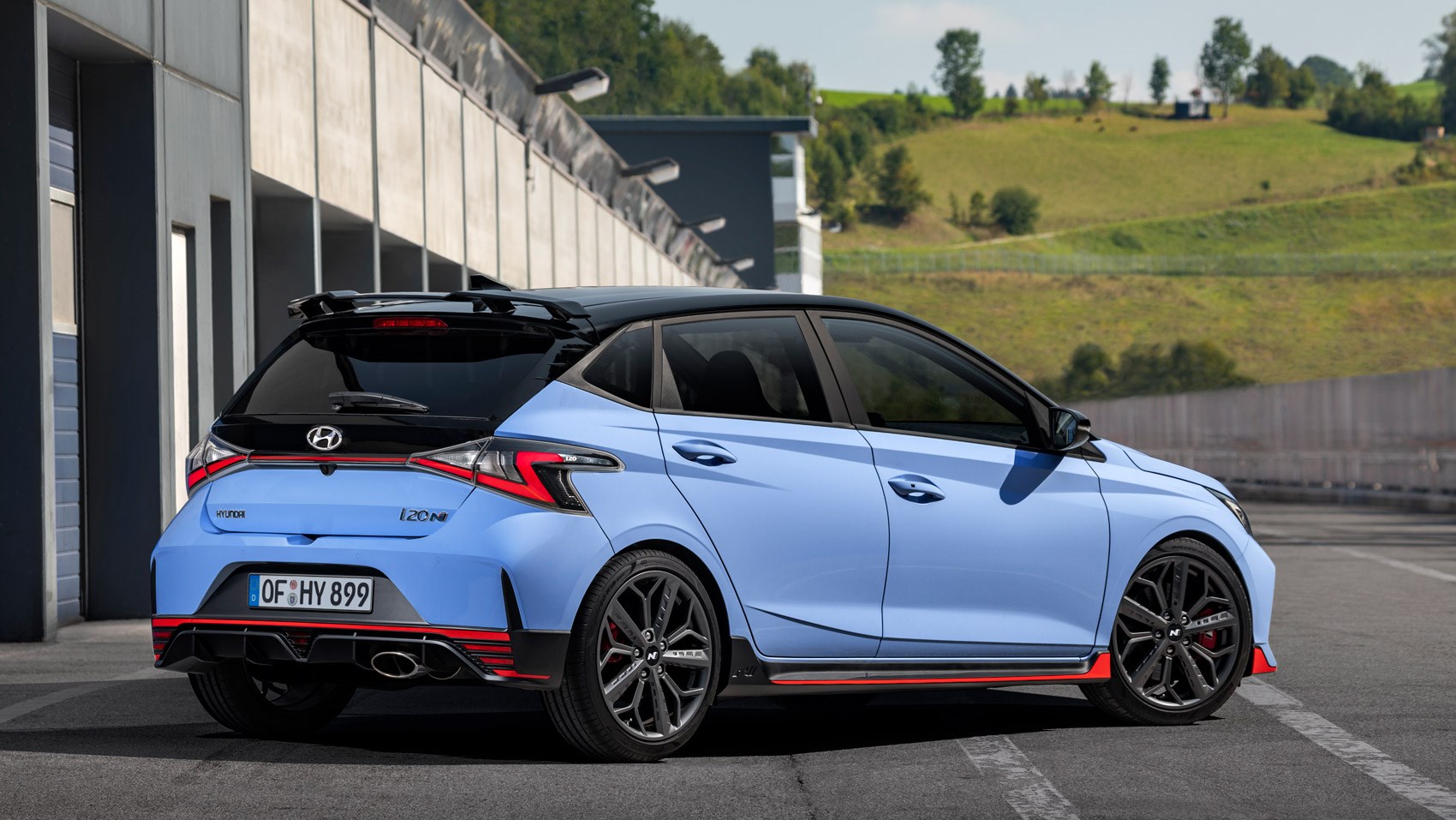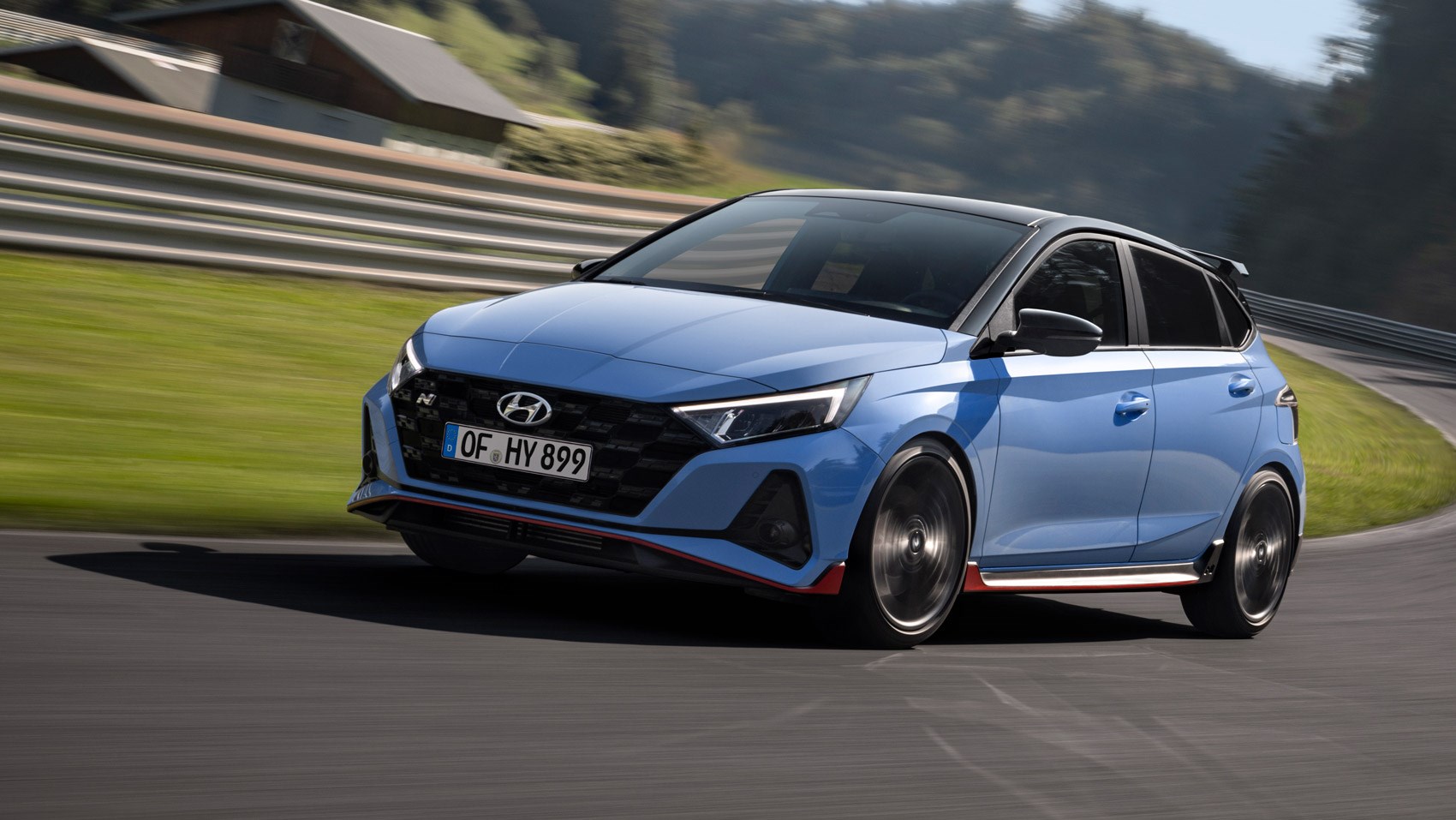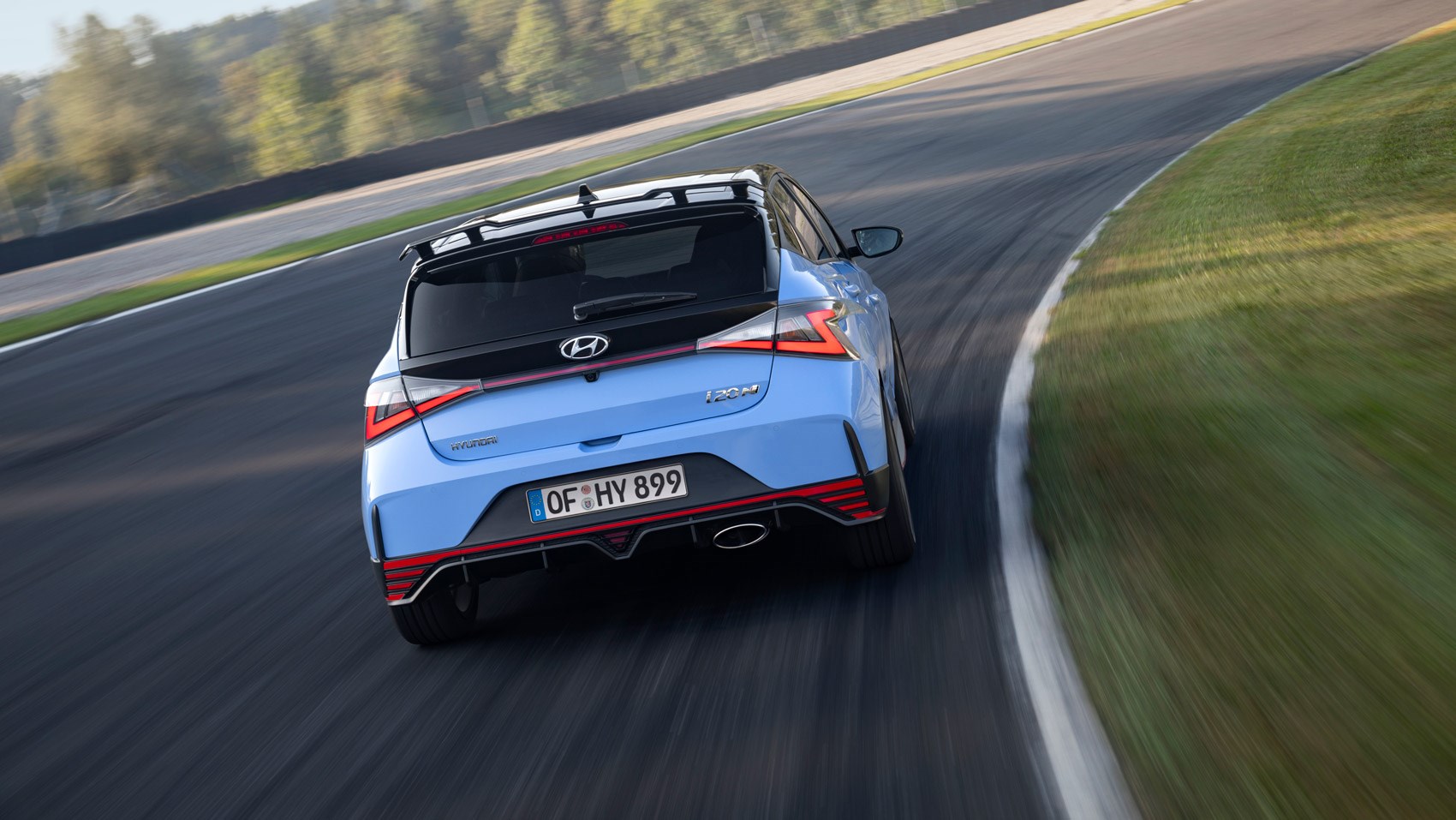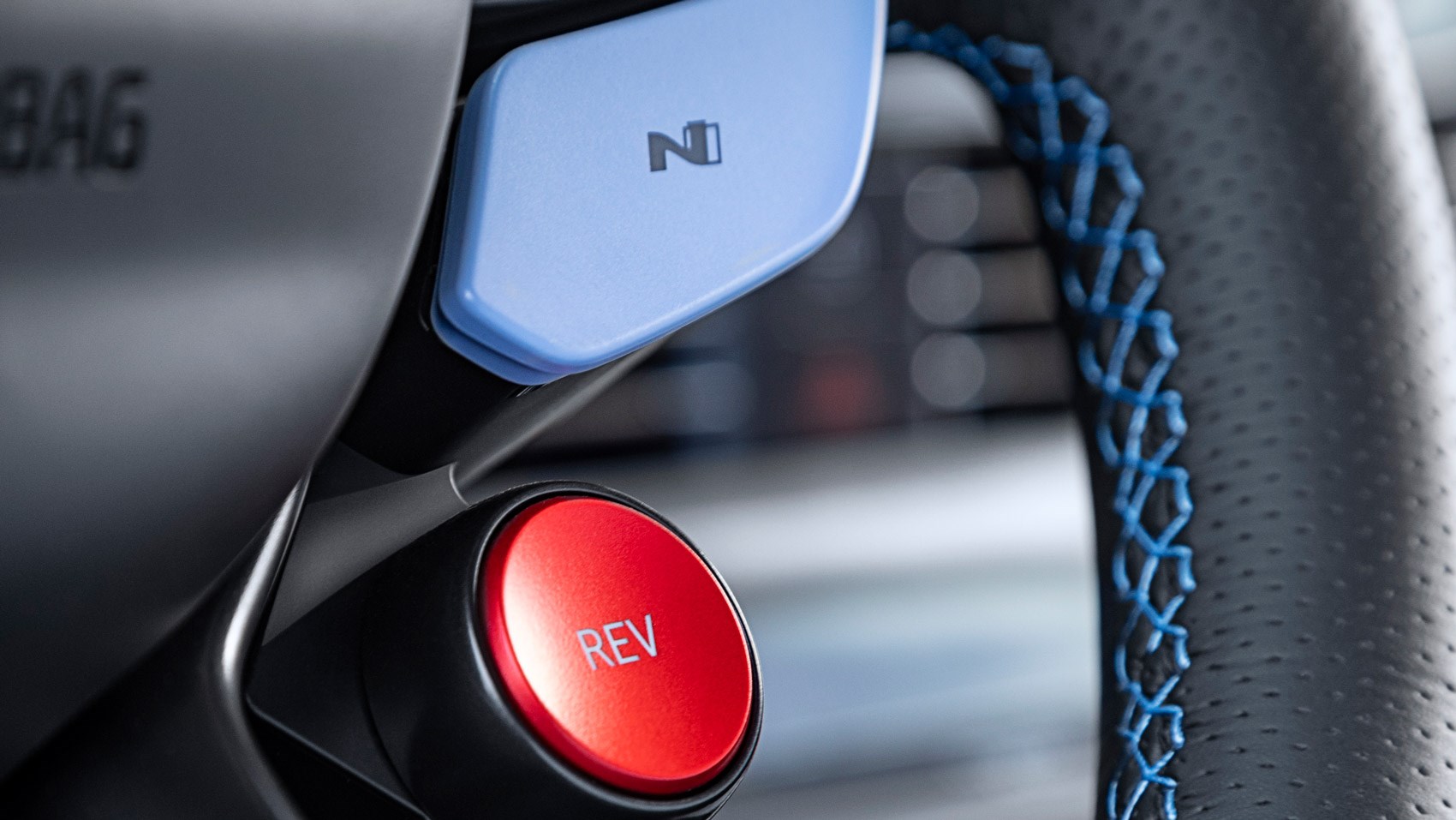► First drive of Hyundai’s Fiesta ST rival
► Same power, same price, same purpose
► A proper hot hatch in a small package?
The mighty Ford Fiesta has gone so long without a credible rival we’d given up hope. Anything of comparable size wearing a GTI (or similar) badge has either shared the Ford’s ruthless focus but failed to stitch that promise together into a cohesive performance car, or it’s been more comfortable, softer-edged and plain less fun.
The i20N is the second N car to arrive in Europe (the excellent i30N blazed the trail; the Kona N arrives soon) and comes from a performance division with a brief but sparkling CV to date. Almost overnight the i30N established N’s credibility as a performance arm every bit as hardcore and as dedicated as M at BMW or, more recently, GR at Toyota.
For the i20N, Hyundai’s stuck to the same methodology. Take hatchback. Remove suspension, brakes and wheels and replace, in this case with 215/40 Bridgestones on 18-inch wheels, bigger brakes (320mm front discs, up 40mm on the standard i20’s rotors) and uprated suspension with new springs, dampers and anti-roll bars. Sub the engine for something with more blood and guts; a 16-valve 1.6 turbo making 201bhp and 203lb ft, sufficient for 0-62mph in 6.7sec if you’re spot-on with your launch. Power goes to the front wheels via a six-speed manual and a mechanical limited-slip diff, which will likely be optional in some markets but standard in the UK. All for around £25k, with sales starting May.

How does that stack up against the Fiesta ST?
Near identical. Though the Ford comes in at £21,950 in ST-2 spec, you need the ST-3 (£24,575) to bring anything like parity, both on convenience features (wireless charging pad, auto high beam and so on) and performance hardware (like the i20N, the ST-3 gets 18-inch wheels and a limited-slip diff). The Ford’s numbers are 197bhp, 214lb ft (its gruff and characterful three-cylinder 1.5 is a shade less powerful and a shade torquier) and 0-62mph in 6.5sec. Ford claims 1262kg, Hyundai 1190k.
Read our Ford Fiesta ST review
Sounds promising

Indeed, and the i20N feels promising as soon as you slide aboard, clocking the great driving position as you settle in. From DS to Cupra, offshoot after offshoot has struggled to mean anything beyond the marketing. By contrast Hyundai’s performance division is already credible, its brand values tangible, and they’re alive and kicking in the i20N, with its ultra-firm and focused suspension set-up, meaty shift action and just-so pedal weights. This, you sense, is a car as lovingly crafted as any GT Porsche, just at a far more accessible price point.
Is the engine as fun as the Fiesta’s turbo triple?
Honestly? Not quite. The turbo four-pot isn’t much of a charmer. There is no musicality here, nor nuance. It’s simply a tool; a gritty, parpy and compellingly punchy tool for the acceleration of front wheels and, by extension, Korean hatchbacks keen to explore slip angles. The Ford’s triple has more character, more to fall for.

But the i20N’s is well up to the job in hand. It’s loud, and while there’s woolly, low-boost-pressure lethargy from just under 1000rpm to about 2500rpm, from 3000rpm to a redline just shy of 7000rpm the 1.6 hauls in a typically turbo-linear slug of drive. Rest assured, it has what you need.
So, the chassis is the star?
Absolutely. Find yourself a good road, drop down a couple of gears – letting the auto rev-matching software do its thing (workaholics can turn it off) – and get stuck in.
If the brakes aren’t quite as sharp as you’d like, there’s no such lack of bite to the chassis. Hang on to the brakes a little as you turn, to keep the nose weighted, and pushing the Hyundai into understeer feels frankly impossible, so keen is the little hatch to key its nose onto your intended trajectory and rotate around what feels like a point somewhere just behind the engine block. Poise is outstanding – and, really, you’d want it to be, given how punishing the ride can be on less than smooth roads.

This is a riotously enjoyable car to drive when it’s in the kind of operating window in which it was engineered to perform. Loud, engaging, agile but without the Fiesta ST’s sense of ever-present oversteer. The Hyundai’s chassis feels more grippy, more neutral, and the middling stability control setting (which you can cluster in with your other preferred settings under one of your two customisbale N modes) let’s you play in safety. This is a brand-new car with a really infectious and likable commitment to the timeless hot-hatch cause.
Hyundai i20N: verdict
A focused machine, the i20N is a proper little hot hatch and by far the Fiesta ST’s most credible rival yet. It beats the Ford in many areas (nicer cockpit, better infotainment, nicer driving position) and offers comparable levels of uncomplicated driving fun.